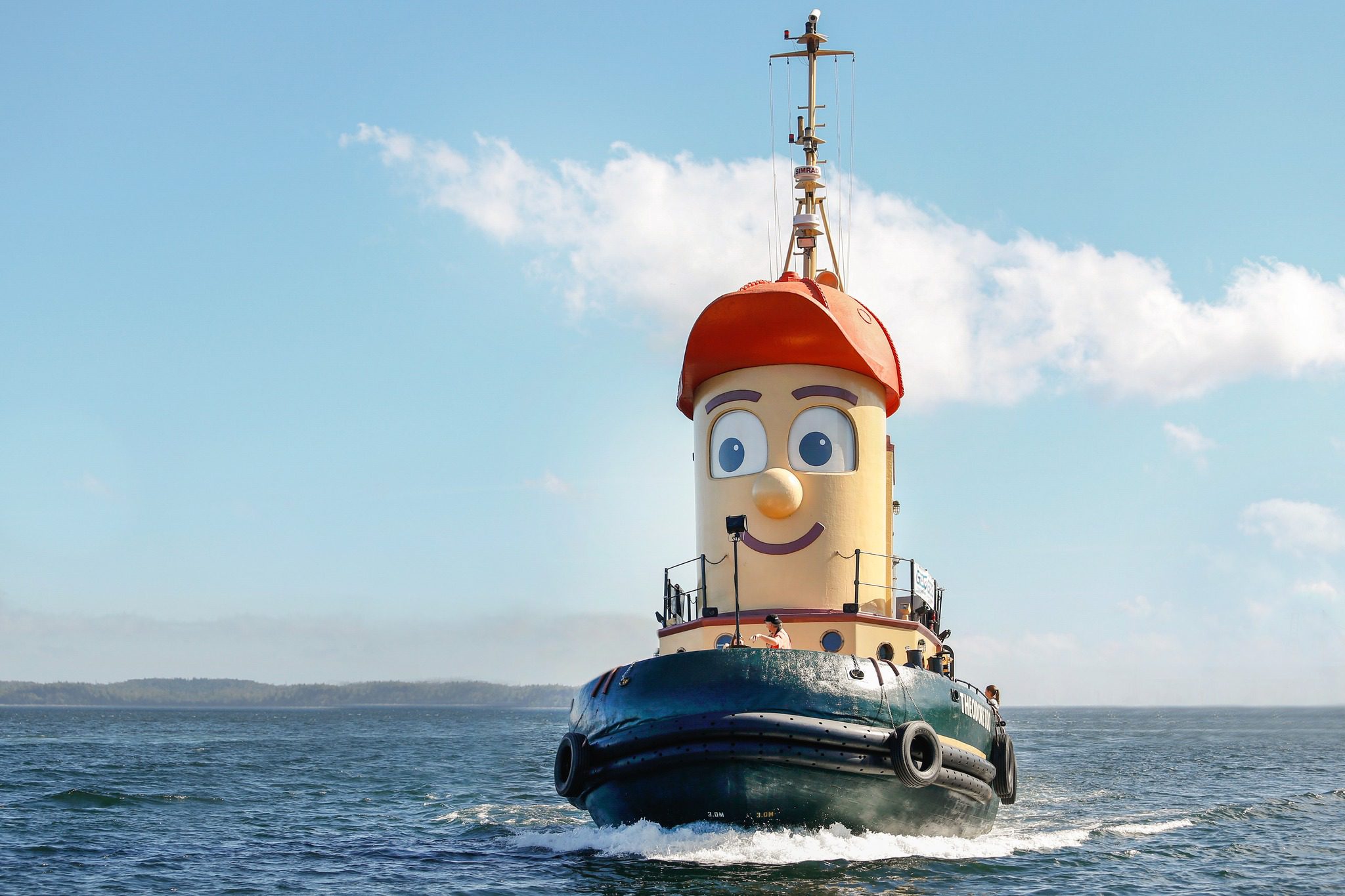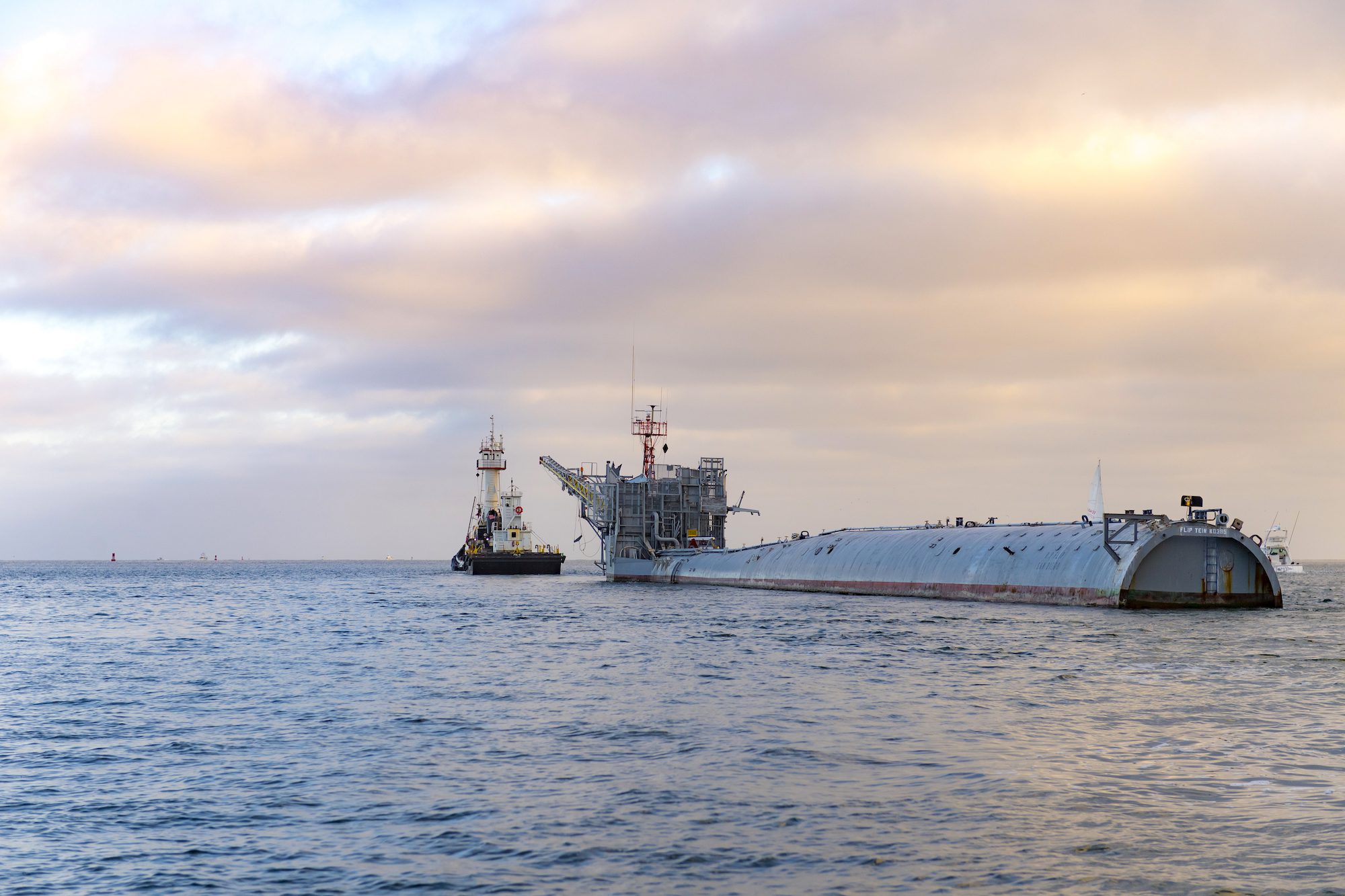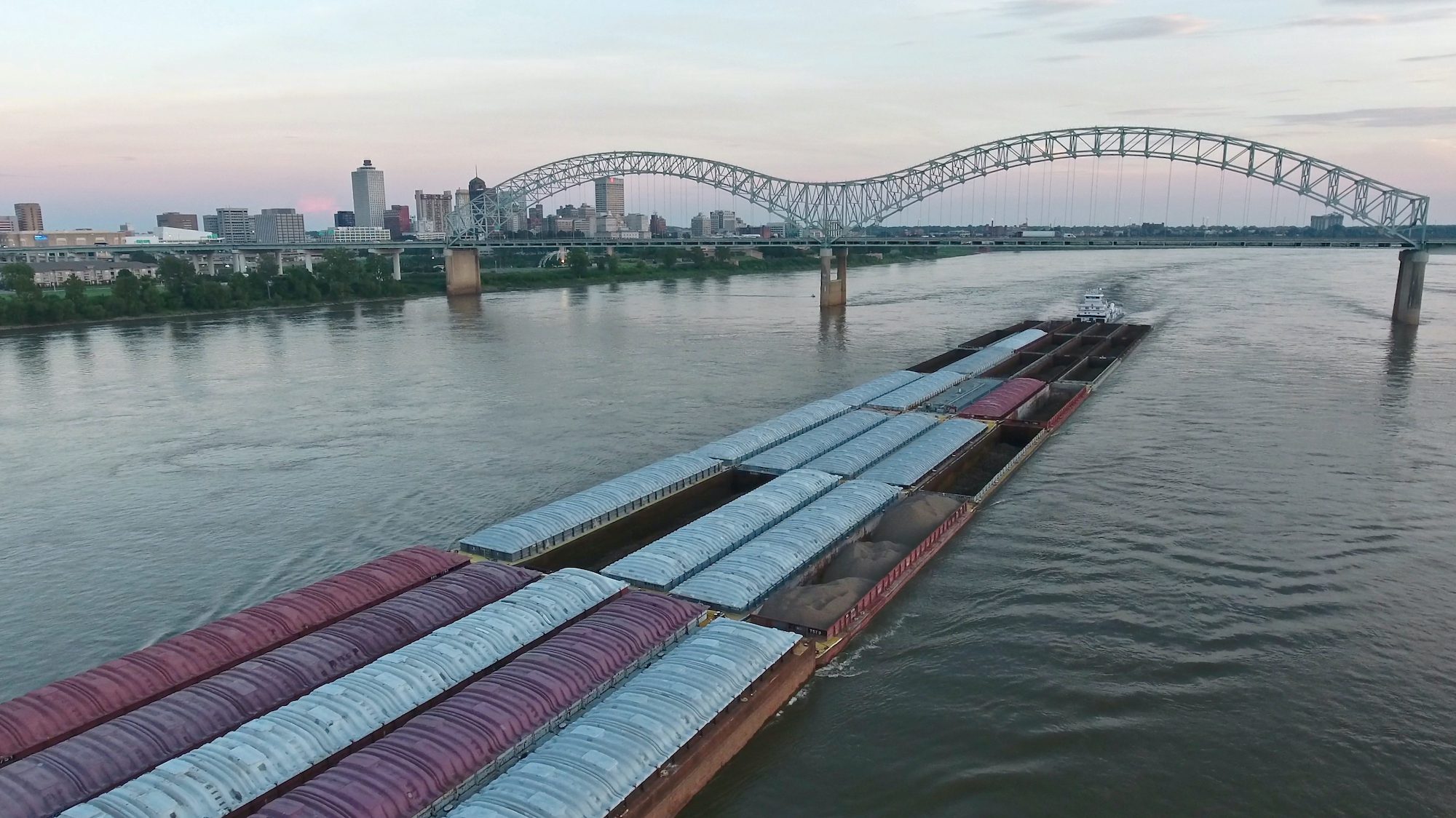Photo: Michael Carr
“Do you know what you are doing?” asked the Harbor Pilot in a loud and irritated voice.
“Maybe I should take over, or maybe you have someone else who can do this?” he added, with emphasis.
His last statement about someone else onboard who can do this caused me serious angst. My bridge crew heard his words.
This was not appropriate I thought to myself, but it was also up to me to get this situation back on solid, unemotional and steady ground.
I suppressed reaction to the pilot’s last words, and replied as calmly as I could muster: “I have this, the winds are strong, but we are fine. We will be at the dock shortly.”
There was no way I was going to turn over my 315 ft. US Army LSV to either this pilot or to a junior deck officer. It was my responsibility to dock the vessel, and we were executing that evolution properly.
This was not the problem. The problem was I had smacked the LSV’s starboard stern quarter into the pier on the other side of the harbor just a few minutes earlier. We had done some damage to the pilings, but none to the vessel. More noise and splinters than physical damage.
But that “allision” had damaged the pilot’s faith in my shiphandling abilities. I understood that and felt embarrassed. I took pride in my shiphandling abilities, it was one skill I felt I could do well. Other areas of my adulting skills were not always so well refined, but I could drive ships.
But now, my bulwark of confidence had been impinged. I had made a rooky shiphandling mistake while making a turn, and everyone on the LSV had witnessed the event, including our pilot.
Our vessel was the first Army ship this pilot had been on. He was still not sure about Soldiers in camouflage uniforms acting as sailors. And here we were operating a 5,000 GT ocean-going vessel. He was comfortable with Navy sailors and Navy ships, but not with Soldiers. Shouldn’t we be in the desert someplace fighting insurgents?
Now I was feeling the pressure to get us to dock. We had been on the far side of Port Hueneme since early morning, loading cargo. During that time the daily sea breeze had been building and now, as is typical in California, we had a late afternoon onshore sea breeze blowing at 20-25 knots. Our pier space was aligned north to south and so we would be pulling up to the pier broadside to the wind. There was little room to maneuver, as the port was only a few hundred yards wide.
An Army LSV has two engines and a bow thruster. To moor broadside to a stiff wind you must first come up perpendicular to the dock, with your bow almost touching, then turn either to port or starboard (depending on which side you need to put on the dock) and simultaneously thrust towards the dock to keep your bow from blowing off, and twisting the ship using both engines.
It is a balance of forces, a resolution of vectors, and you can only make this maneuver slowly and steadily. There is limited power in the bow thruster and main engines. Keep the bow from blowing off, and in our case, come ahead on starboard, and back on port. Rudders inboard 25 degrees, to create maximum turning force and minimal headway.
But with a wind of 20-25 knots coming directly on our beam, the turn rate is slow. We needed to get a spring line on soon as possible and then use that line to lever us into the dock. I was standing on the starboard bridge wing, giving commands to the helmsman and throttleman inside the bridge. I was focused.
But the Pilot was not pleased. He was used to large Navy vessels with unlimited horsepower, and often assisted by tugs. He did not understand slow and steady. I could tell he did not think I knew what I was doing. And after smacking the dock on the other side of the harbor, I could understand his concern. Shame on me.
I had to both conn our ship and repair our relationship. So I spoke.
“I apologize for smacking the dock over there, it was a rookie move, it was totally my fault. I have been doing this for years, and I should have made a different plan for getting away from the dock. I apologize.”
I tried to take full responsibility. I did not blame the wind or the tight quarters. It was me. And I was going to make up for that lame move now.
“These LSVs are underpowered and slow, so I have to finesse us to the dock, but we will be alongside shortly, and once my crew gets the spring line over we will use that to lever us into the dock,” I said in hopes of ensuring the Pilot that I had a plan and was not some crazy Soldier randomly making rudder and engine commands.
He looked at me, looked around, scowled, but seemed willing to let me have a few more minutes. Our bow was now pinned to the dock and our stern was slowly moving to the right, towards the dock.
“Put over the aft tending spring line as soon as you can,” I spoke to the Bos’n over my UHF radio. If we threw the heaving line tied to the mooring line too soon, the 20-25 knots of wind would just blow it back at us, and it would fall into the water. If that happened I am sure the Pilot’s head would have exploded.
Slow, steady, keep your head in the game. I looked for my coffee cup. I needed a gulp. And then, across the gap went the heaving line. The monkey fist fell on the dock, was grabbed by the pier crew, and the spring line pulled in. I watched as the line handlers dragged the line down the dock and dropped it over a bollard.
“Hold the spring, I am coming ahead on her” I radioed to the Bos’n. I felt great relief. Unless the line parted, the bollard failed, or someone fell in the water we would be alongside the pier in a few minutes.
“Thrust right full, rudders inboard 30 degrees, starboard ahead half, port back slow” I instructed the bridge crew. We were now sucked up against the pier face.
I keyed my radio again, “Double up and put over all lines, shift colors.” Done I thought. What a relief. I could feel my back muscles relax, my brain starting to regain composure. I could feel my confidence returning. My Soldiers would not wonder what had happened to my skills.
I smiled at the pilot, he looked back, not glaring quite so much I thought. “You might have to fill out an accident report for damage to the pilings,” he said.
“No problem” I replied. “I will do whatever you need me to do, it was my mistake.”
Then I realized part of his concern was personal. He did not want to be held accountable for my errors or have his docking skills questioned. I understood completely.
“Thank you again, let me walk you down to the pier,” I said. I felt there was not enough I could do to build back our relationship. We would be coming and going from the harbor regularly, and there were several other Army boats stationed here. I was not about to that Army Warrant who could not drive boats.
We reached the pier and I shook his hand with both my hands and thanked him again. I watched him walk to his car. I went up to my stateroom and wrote him, and his Pilots Association, an email, explaining the incident of hitting the dock, taking full responsibility, and absolving our Pilot of any involvement in my amateur shiphandling.
I spent many hours going over the incident in my mind, recreating the events, identifying my errors, and determining how to never allow that sequence of mistakes and misjudgments to occur again. I realized how tenuous our grip on leadership and command can be. When you become a ship’s captain you must understand the interwoven technical, personal, and leadership skills necessary keep your vessel and crew functional and cohesive.
I remembered Jan de Hartog’s words in his book A Sailors Life; “In practice, every captain looks like an old fool and never is. His presence determines the nature of the community that sails the ship.” It felt like I had come perilously close to failing as a captain that day.

 Join The Club
Join The Club











